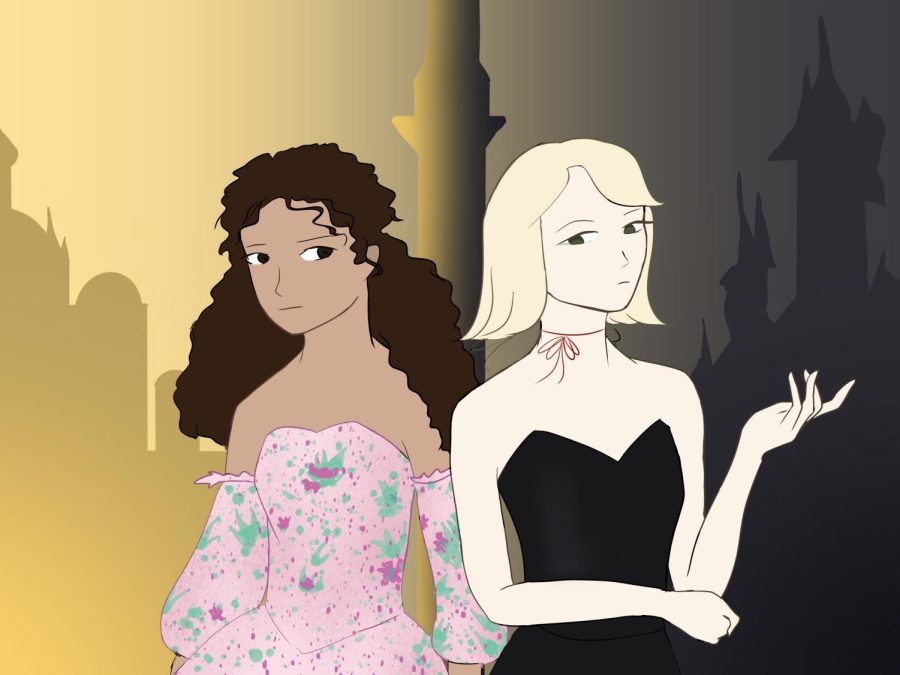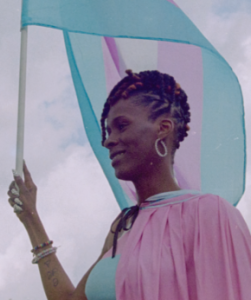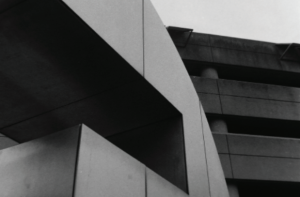The School for Good and Evil: A Film Much More Evil Than Good
2/5 Falcons
December 6, 2022
The School for Good and Evil film takes the “books being better than movies” stereotype a tad too far. Based on the 2013 book by Soman Chainani, Paul Feig’s film should have been great. In his book, Chainani provides vivid descriptions of a fantasy world that could have produced cinematography comparable to the Harry Potter films if adapted correctly. Unfortunately, the movie’s visuals were disappointing, which Feig tried to compensate for by hiring a star-studded cast. However, even the exceptional performances of supporting actors Charlize Theron and Kerry Washington could not rescue this movie.
The story begins in the fairytale-esque village of Gavaldon, where friends Sophie (Sophia Anne Caruso) and Agatha (Sofia Wylie) reside. Sophie is put-together and seemingly “good,” whereas Agatha is rumored to be a witch, seemingly “evil.” The plot thickens when the girls are taken away to the School for Good and Evil. and Sophie is placed in the School for Evil, while Agatha is put in the School for Good. From there, chaos ensues.
That sounds entertaining, you may be thinking. It can’t be that bad. Oh, yes it can. The dialogue is terrible. It is intolerably awkward, involving too many sighs and pauses as fillers. It is also redundant, causing scenes to drag on when they could get their points across in mere minutes.
Additionally, the acting of Sophia Anne Caruso and Sofia Wylie is subpar, to say the least. It is evident that the unseasoned actors believe that the best way to convey their characters’ emotions is by eliminating subtlety. This leads to overdramatic moments that make the audience wince.
Despite its many shortcomings, The School for Good and Evil has one redeeming quality: its wondrous costume design. The costumes are stunning, but they are more than just beautiful; they also lend themselves to the storyline. Students in the School for Good don puffy, pastel gowns, whereas students in the School for Evil wear emo, black attire. This helps the audience differentiate the characters and adds layers of depth to each shot. It is no surprise that the costuming is impressive—inspiration is derived from the iconic wardrobes of Bridgerton, Beyoncé, and the Addams family.
Unfortunately, costume design is this movie’s sole positive attribute, as the cinematography missed its mark. This is a shame; the magical fantasy world of the school is the book’s most memorable aspect. Additionally, the soundtrack could have been jaw-dropping if it embraced a classical score, yet the composers tried to be relevant by playing recent pop hits such as “Brutal,” “Ready For It,” and, worst of all, “You Should See Me in a Crown.” This distracted the viewers, bringing them out of a fantasy world and into a Kiss 108 reality.
This analysis may sound a little harsh, but The School for Good and Evil simply has too many flaws to warrant a positive review. It falls short on visuals, script, dialogue, music, and acting. I warn you: don’t watch this film. My rating of 2/5 Falcons is generous.









